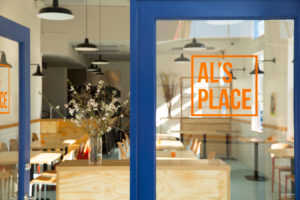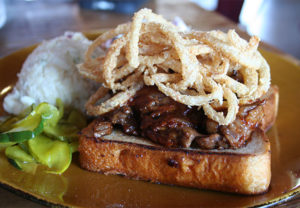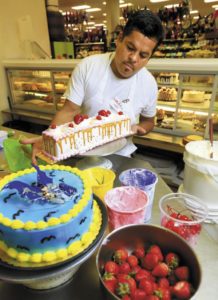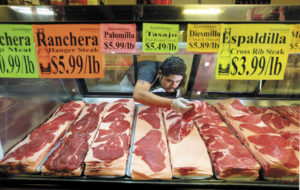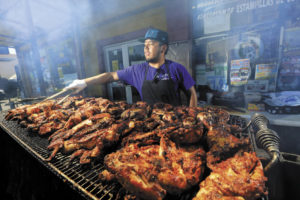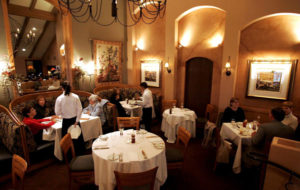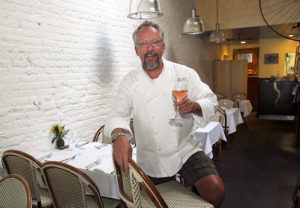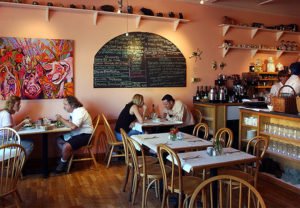
Don’t try to get a table anytime soon at Aaron London’s SF restaurant AL’s Place. The Graton native’s Mission eatery was named the best new restaurant in the country by Bon Appetit magazine on August 19, and reservations for the next eight weeks? Booked. The phone? Busy. And no doubt lines of eager hopefuls will snake around the blocks for weeks.
(London on Istagram celebrating the win for Bon Appetit Best New Restaurant 2015)
https://instagram.com/p/6jJk-Ml7PJ/?taken-by=alsplacesf
“To fully appreciate our restaurant of the year, step inside the obsessive, fanatical, and wildly creative world of Chef Aaron London. Trust us, it’s worth the trip,” wrote Bon Appetit’s Restaurant Editor, Andrew Knowlton.
Earlier this year, London opened his namesake San Francisco restaurant, AL’s Place, with a focus on regional produce and seafood (other meat dishes are categorized as “Side dishes”. With even more attention being focused on plant-powered eating these days, it’s not a huge surprise that London’s quirky vision and omnivorous POV got some serious attention despite competing with hundreds of restaurants both nationally and from around the Bay Area —called “The Best Food City in the Country” by Bon Appetit.

Knowlton uses words to describe dishes like the 96-hour brined fries as “Genius!” and “Bonkers!”, adding “What deal with the culinary devil had chef Aaron London made in exchange for being able to produce such off-the-charts, flavor-rich creations? How was it coming from just three cooks working in a kitchen the size of a walk-in closet?” (Here’s a link to the menu).
London got his big break at Napa’s Michelin-starred vegetarian restaurant, Ubuntu, where he took over the kitchen following Jeremy Fox’s unexpected departure in 2010. London was named a Rising Star Chef in 2011.

Hailing from Sonoma County, London turned to cooking after a “run-in with the law” resulting in house arrest when he was 14, according to who tapped the 32-year-old London for the honor. (London has been mum on exactly what happened, but rumor has it his parole officers were fed well by the young chef.)
His early restaurant career, however, was less impressive. “Eventually, he started cooking at Mixx, a since-closed bistro in Santa Rosa where, in his own words, he “showed creativity but lacked discipline.” During one rough night on the line, the chef gave him some advice: “Stop sucking so much.”,’ said the Bon Appetit article.
So congrats to our local boy done good. Just don’t forget your friends in the North Bay…maybe you could save us a couple seats?


